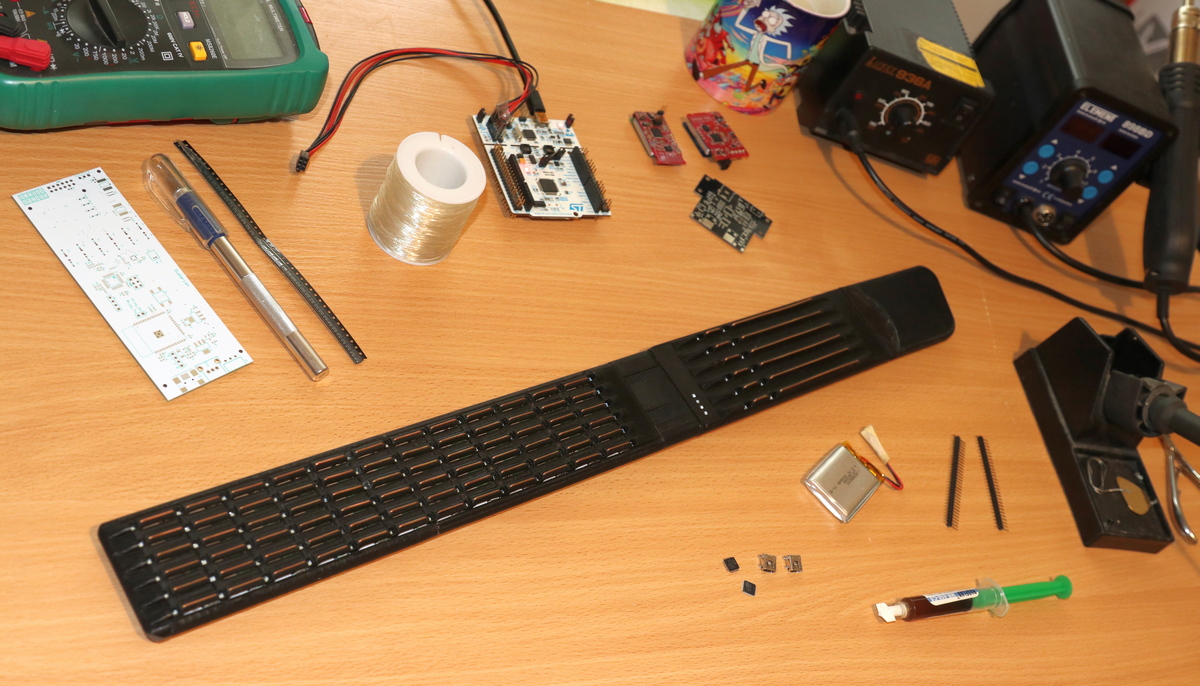About a year ago, we released Token2 Molto-1, the world's first programmable multi-profile hardware token. While Molto-1 is still the only solution of its kind currently available on the market, we will be soon releasing a new variation of a multi-profile hardware token, in a different form-factor and with a different set of features available.
While Molto-1 has its advantages, there were some shortcomings that we wanted to address, for example, it can only hold up to ten TOTP profiles, which is not enough for many users. Also, using NFC to program the device does not look very convenient for some users. There were also requests to have a backlight for the screen of the token, so it can be used in the dark. With Molto-2 we tried to address this and a few other concerns. So, we hereby present our new device model, Token2 Molto-2 with the following specifications:
TOKEN2 MOLTO-2 multi-profile programmable TOTP hardware token:
▣ RFC 6238 compliant
▣ supports up to 50 accounts/profiles
▣ USB-programmable with a Windows app
▣ RTC battery life: 8 years
▣ LCD screen battery: 3-4 months (rechargeable)
The table below shows the comparison between Molto-1 and Molto-2
















